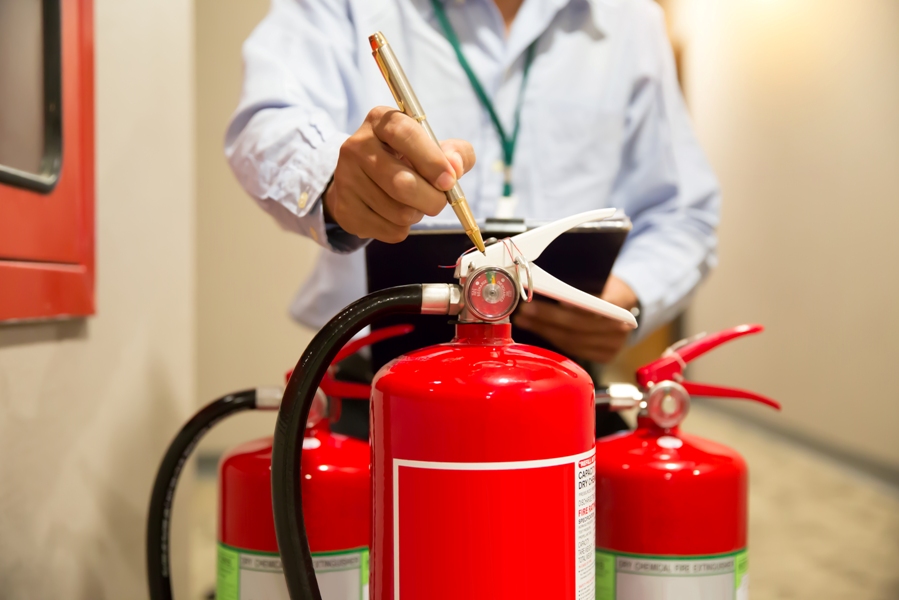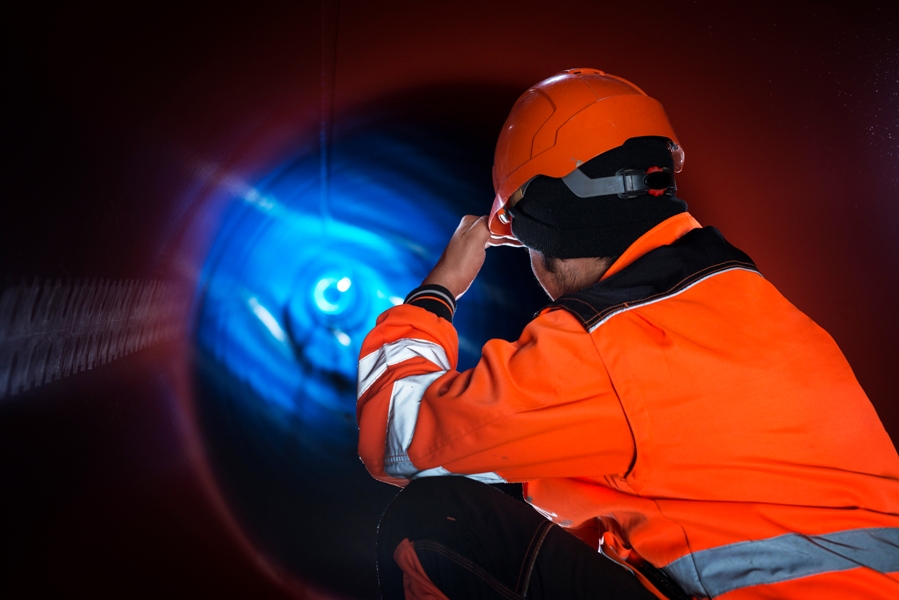
Emergency in the Workplace – Are You Prepared?
February 2, 2024Scaffolding Rules for Every Job Type

Scaffolding stands as a critical component in the construction and maintenance of buildings, bridges, and other structures. Its proper erection, use, and dismantling are pivotal for the safety of workers. Understanding and adhering to scaffolding rules can significantly reduce the risk of accidents and injuries.
- Fall Prevention Begins Before Stepping Up the Scaffold
The first rule of scaffolding safety is that fall prevention measures start long before a worker ascends the structure. This encompasses a thorough inspection of the scaffolding components during assembly. Scaffold erection training teaches workers to recognize potential hazards and ensure all parts are correctly installed and secured. Additionally, proper fall arrest systems should be in place, including guardrails, safety nets, or personal fall arrest systems, to protect workers from fall hazards.
- Avoid Hazards Caused by Falling Objects
Protecting workers and passersby from falling objects is a paramount concern in scaffolding safety. Implementing toe boards, debris nets, or catch platforms can significantly reduce the risk of injuries from dropped tools or materials. Workers should be trained in scaffold awareness to understand the importance of securing all items on the scaffold and properly using these protective systems.
- Make Use of Appropriate Stairs & Ladders
Accessing scaffolds safely is critical. The use of appropriate stairs and ladders, as dictated by the scaffold’s design and the job’s requirements, is a rule that cannot be overlooked. Workers must be trained to select and use the correct access methods, ensuring they are securely attached to the scaffold and meet all regulatory standards. Scaffold erection and awareness training courses often cover the correct procedures for installing and using scaffold access equipment.
- Consider the Load-Bearing Capabilities of the Scaffold Decks
Every scaffold has a specific load-bearing capacity, which must not be exceeded. Overloading a scaffold with workers, tools, and materials can lead to catastrophic failures. Part of scaffold awareness training involves understanding how to calculate the total load and ensuring it does not surpass the scaffold’s maximum load-bearing capability. This includes the weight of the workers, their equipment, and any materials stored on the scaffold.
- Make No Modifications to the Scaffold While It Is in Use
Once a scaffold is erected and inspected, making unauthorized modifications or adjustments can compromise its structural integrity. Workers must be taught that any changes to the scaffold’s configuration require approval from a competent person and possibly re-inspection before use. Scaffold erection training emphasizes the importance of following the manufacturer’s guidelines and adhering to the design specifications.
- Report Scaffold Defects Immediately
The responsibility of maintaining a safe scaffolding environment is shared among all workers. Part of scaffold awareness training includes recognizing and reporting any defects or damage to scaffolding components immediately. Prompt reporting can prevent accidents by ensuring that necessary repairs or adjustments are made before continuing work.
Conclusion
Scaffolding safety is a collective effort that begins with comprehensive training and adherence to established rules. By focusing on fall prevention, protecting against falling objects, using appropriate access points, understanding load capacities, avoiding unauthorized modifications, and reporting defects, workers can significantly reduce the risk of scaffolding-related accidents. Scaffold erection training and scaffold awareness training are not just regulatory requirements; they are investments in the safety and well-being of everyone involved in scaffolding operations. As the construction industry continues to evolve, so will the strategies for ensuring scaffold safety, making continuous education and awareness paramount for every job type.
Scaffold Competent Person Training is now a crucial requirement to align with OSHA’s scaffolding standards, designed to safeguard workers across various industries, including construction and shipyard work. OSHA has introduced Safety Standards for Scaffolds Used in the Construction Industry to mitigate the high risks associated with scaffolding at worksites, given the significant number of scaffold-related fatalities reported annually. These standards encompass several safety provisions, such as fall arrest systems, guardrail heights, cross bracing, mid-rail standards, and the structural integrity of footings, platforms, and support systems to ensure scaffolds can bear at least four times the maximum intended load.
Compliance with these standards necessitates scaffold erection and training programs, including competent inspections and the correct erecting and dismantling of scaffolds by qualified individuals. Impact Safety responds to this need by offering certification and training classes in Scaffold Awareness, Scaffold Erection, and Scaffold Competent Person Training, fully aligned with OSHA’s stringent requirements. View our training calendar or call today for registration information.



